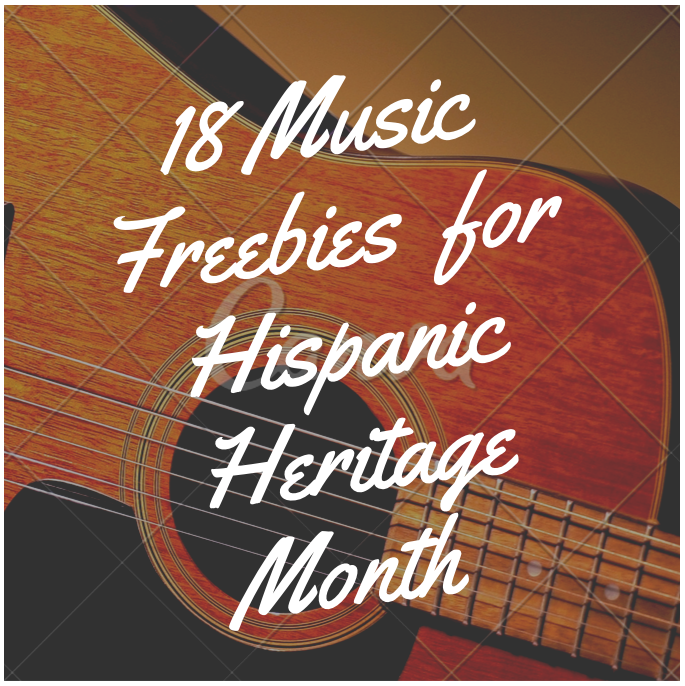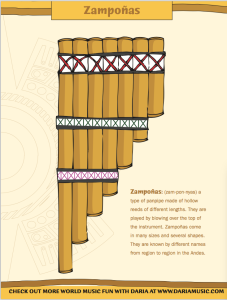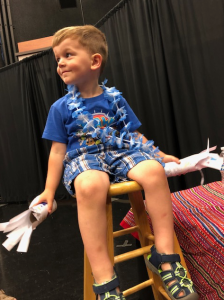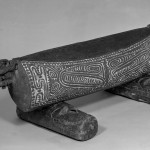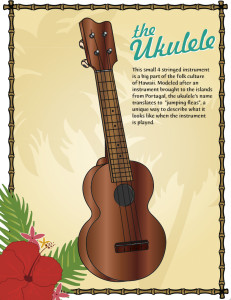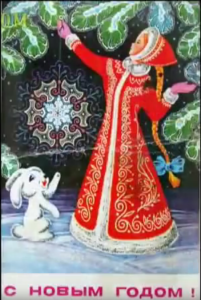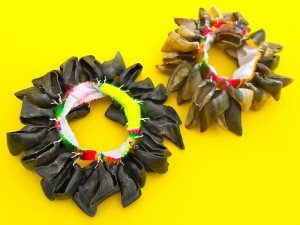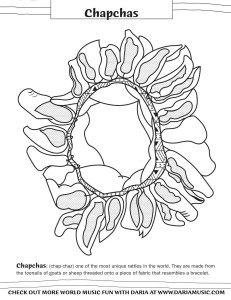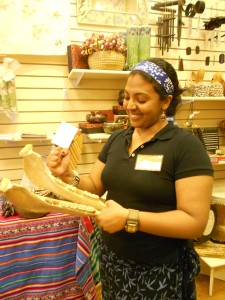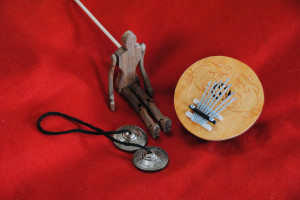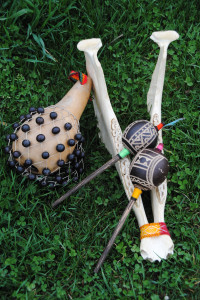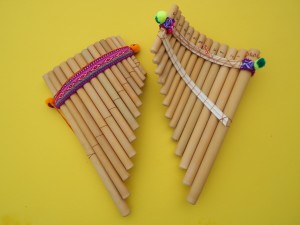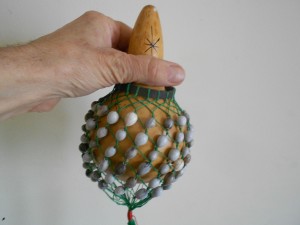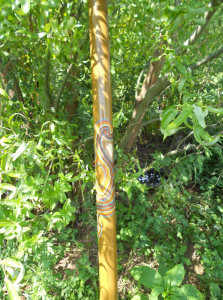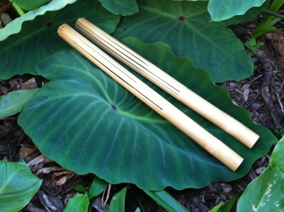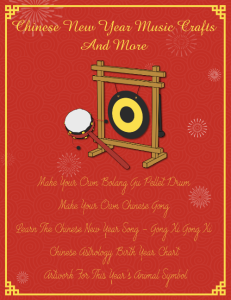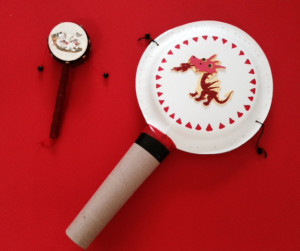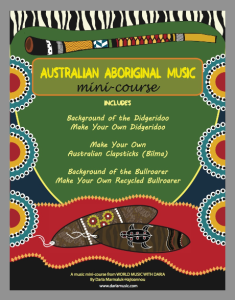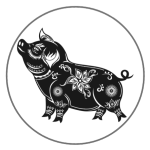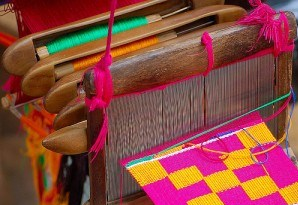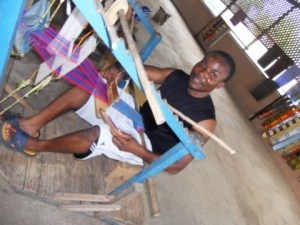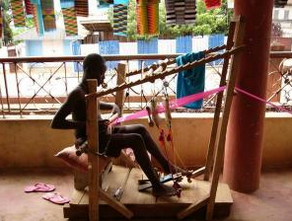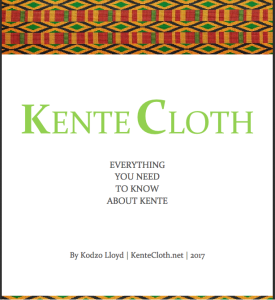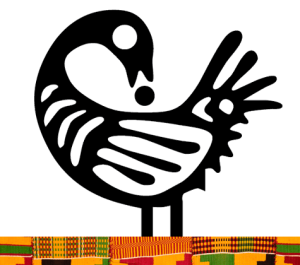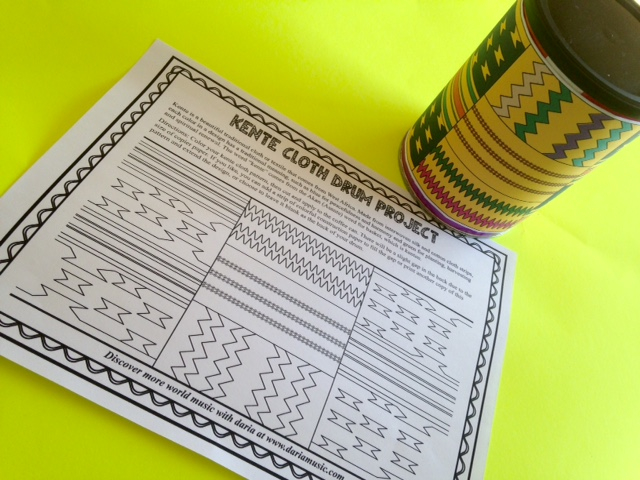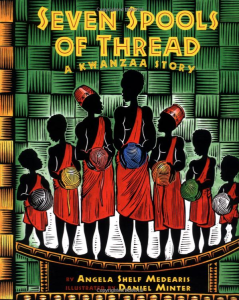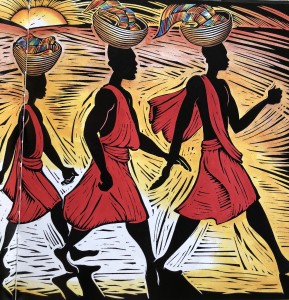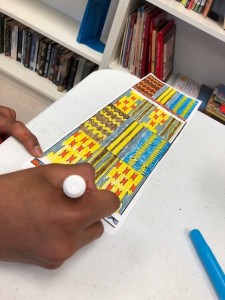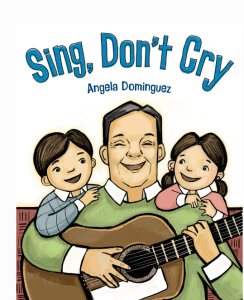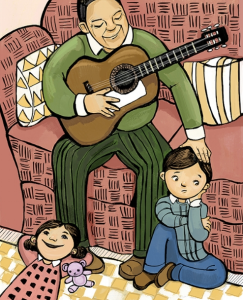Whether you’re teaching at school, homeschooling or unschooling, who doesn’t love to find fun freebies that help you celebrate special months of the year?
For Hispanic Heritage Month; celebrated between September 15th and October 15th, here are 18 great ways to discover new instruments, make musical crafts, learn about traditions and celebrate the beauty and rich diversity that Hispanic cultures have brought to the world.
Check out these TPT freebies below:
INFO SHEETS AND CRAFT ACTIVITIES
What Is Hispanic Heritage Month – Free Info Page https://www.teacherspayteachers.com/Product/What-Is-Hispanic-Heritage-Month-Free-Info-Page-4031947
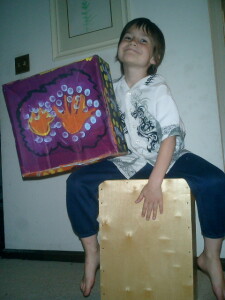 Make And Play Your Own Cajón Box Drum
Make And Play Your Own Cajón Box Drum
https://www.teacherspayteachers.com/Product/The-Cajon-Make-And-Play-Your-Own-Box-Drum-1236616
Make And Play Your Own Recycled Guiro
http://www.dariamusic.com/crafts.php
Color a Cajón Box Drum Online
http://www.dariamusic.com/cajon.php
Color a Guiro Percussion Instrument Online
http://www.dariamusic.com/cajon.php
What is a Quijada (Jawbone Instrument)
https://www.teacherspayteachers.com/Product/What-is-a-Quijada-Jawbone-Instrument-1406336
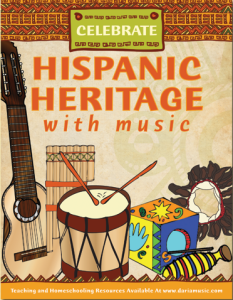 History Of The Song – La Cucaracha
History Of The Song – La Cucaracha
https://www.teacherspayteachers.com/Product/La-Cucaracha-Quick-History-Of-The-Song-5499455
Freebie Quijada Monster Faces for Egg Carton Craft
https://www.teacherspayteachers.com/Product/Freebie-Quijada-Craft-Monster-Faces-5988382
MINI-POSTERS
Celebrate Hispanic Heritage With Music – Mini-Poster
https://www.teacherspayteachers.com/Product/Celebrate-Hispanic-Heritage-With-Music-Free-Mini-Poster-1430823
https://www.teacherspayteachers.com/Product/Zamponas-Panpipes-Mini-Poster-5297583
Guitar Mini-Poster
https://www.teacherspayteachers.com/Product/Guitar-Color-Mini-Poster-5300381
COLORING PAGES
Mariachi Guitar Coloring Page
https://www.teacherspayteachers.com/Product/Mariachi-Guitar-Coloring-Page-2511636
Color The Chapchas
https://www.teacherspayteachers.com/Product/Color-The-Chapchas-An-Instrument-from-The-Andes-650050
Color The Zampoñas
https://www.teacherspayteachers.com/Product/Color-the-Zamponas-Panpipes-From-The-Andes-650601
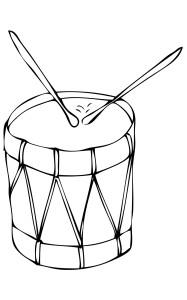 Color A Bombo – A Drum From The Andes
Color A Bombo – A Drum From The Andes
https://www.teacherspayteachers.com/Product/Color-A-Bombo-A-Drum-From-The-Andes-650642
Color The Cuatro From Puerto Rico
https://www.teacherspayteachers.com/Product/Cuatro-National-Instrument-of-Puerto-Rico-Free-Coloring-Page-3485455
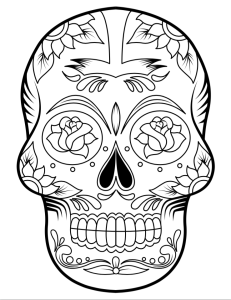 Day Of The Dead Calaveras (Skull) Freebies
Day Of The Dead Calaveras (Skull) Freebies
https://www.teacherspayteachers.com/Product/Color-the-Dia-De-Los-Muertos-Calavera-Skull-Freebie-4934285
https://www.teacherspayteachers.com/Product/Color-the-Dia-De-Los-Muertos-Calavera-Skull-Freebie-4934285

